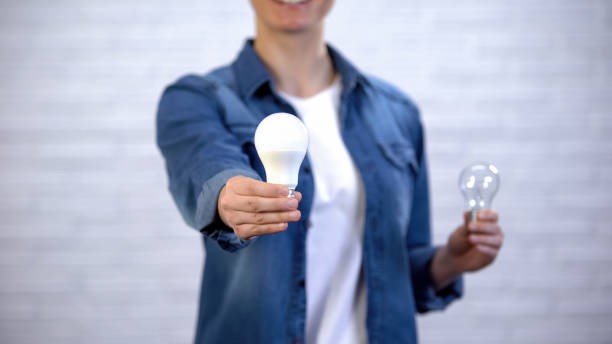Why it’s time to switch to LED lights
If you heard that changing one small inexpensive act could save you money, save the environment and better your productivity, would you jump at the opportunity?
Here are a few reasons why switching to LED lights can provide long-term benefits for your business, your employees, and the planet.
1. you'll save money. Because LEDs last longer, you’ll lower maintenance costs and disposal fees.
2. LED lights last longer. A led light can keep shining for about 60.000 hours.
3. LED lights are more durable, unlike other bulbs which often can not stand minor drops.
4. LED lights are eco-friendly. They are mercury-free and contain no hazardous materials.
5. LED lights can improve Workplace Performance. Studies show that poor lighting reduces employee motivation.
6. Blue LED lights have been shown to keep food fresh due to the antibacterial effect on food pathogens.
7. LED lights don't attract as many insects due to low UV light.
8. LED lights can be recycled.
9. LED lights don't flicker.
10. LED lights to add focus and mood to a room to enhance its features.
However, not all LEDs are created equally. Several variables need to be considered before selecting LED lights, including; eye fatigue from glare, eye health from the blue light spectrum, the reliability of the LEDs and the LED driver, and, how the components work together to give you a light fixture that will produce light for a long time. Perhaps the biggest flaw of LED light bulbs is that they emit more blue light than normal bulbs. Blue light can disrupt your circadian rhythm, plus If you have many LED lights in your bedroom, this can become an issue for getting healthy sleep. So be prepared for a little error and trial to find the right LED light for you because LEDs come in a range of light color temperatures. Every lightbulb has a Correlated Color Temperature (CCT), which corresponds to a Kelvin (K) temperature scale. The lower the number of Kelvins, the warmer and more yellow the light is. The higher the Kelvins, the cooler and bluer the light. Incandescent bulbs throw light at all angles, making directing that light difficult whereas LED lighting is directional, so you can better focus the light where it’s needed. Deciding what light color to have where is a matter of personal preference. The light color that’s “natural white” or “cool white” are great choices for general ambient light. They also work well for the kitchen. Bluer, more natural light or “daylight” bulbs would be best suited for your bedside reading lamp.

comments
Nour S.
Intresting 👌
Aline C.
how can i contact you ?
Jack M.
How can i join your team ?